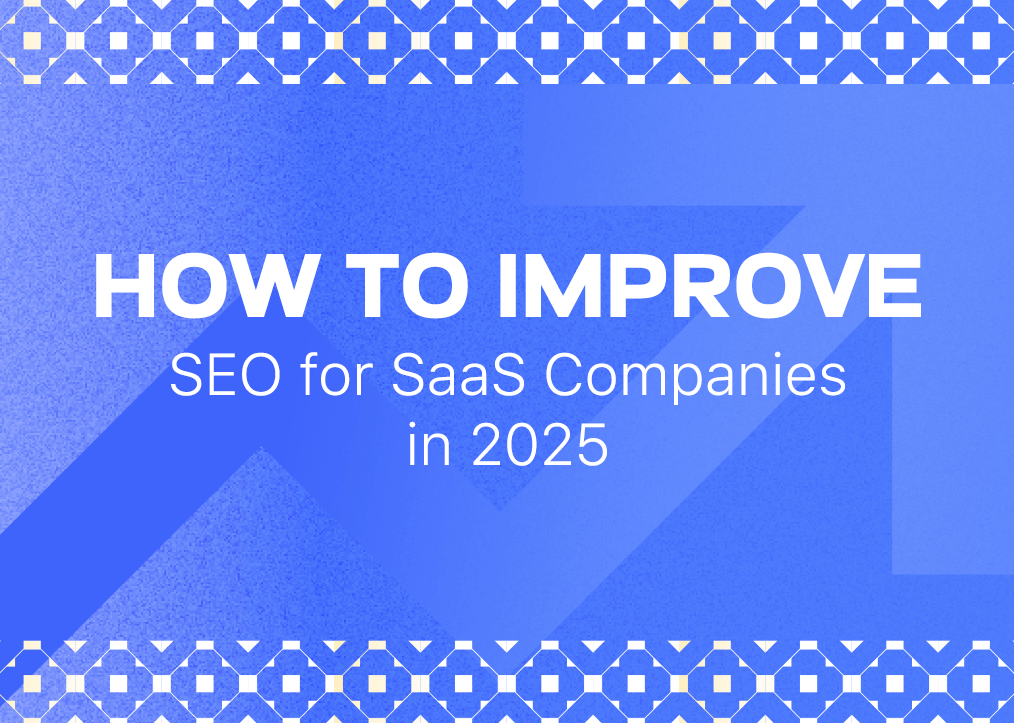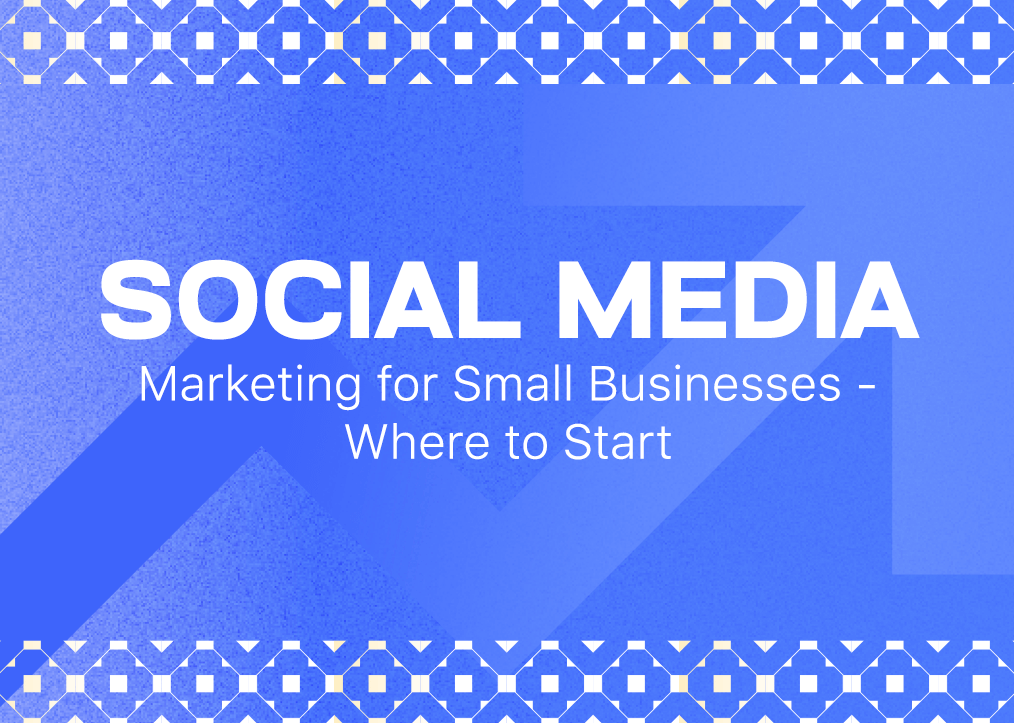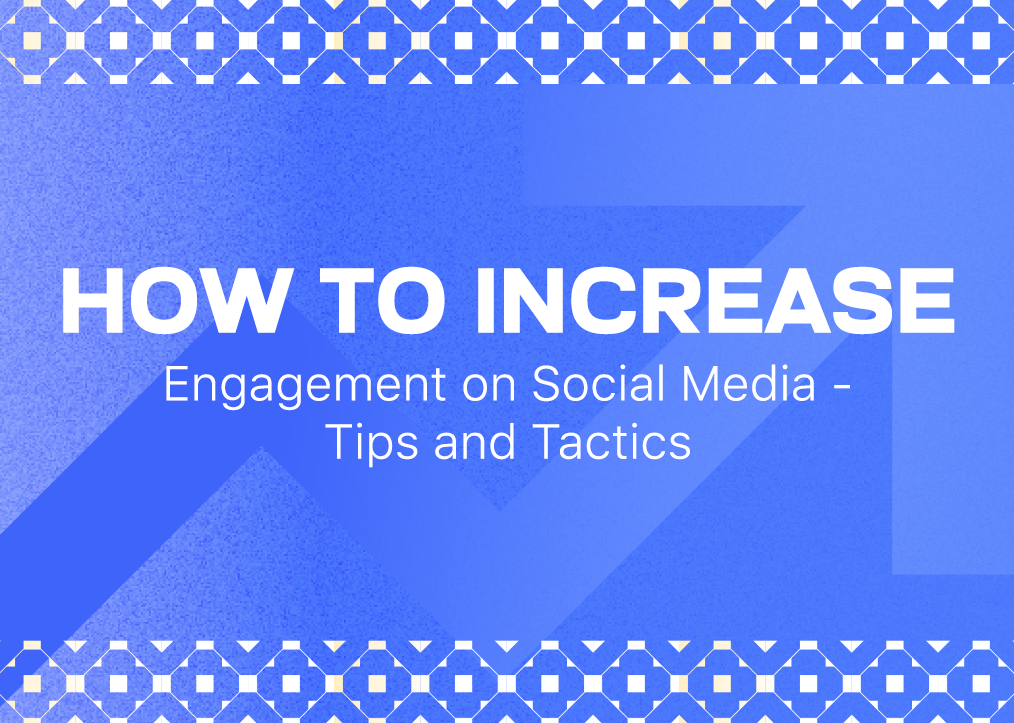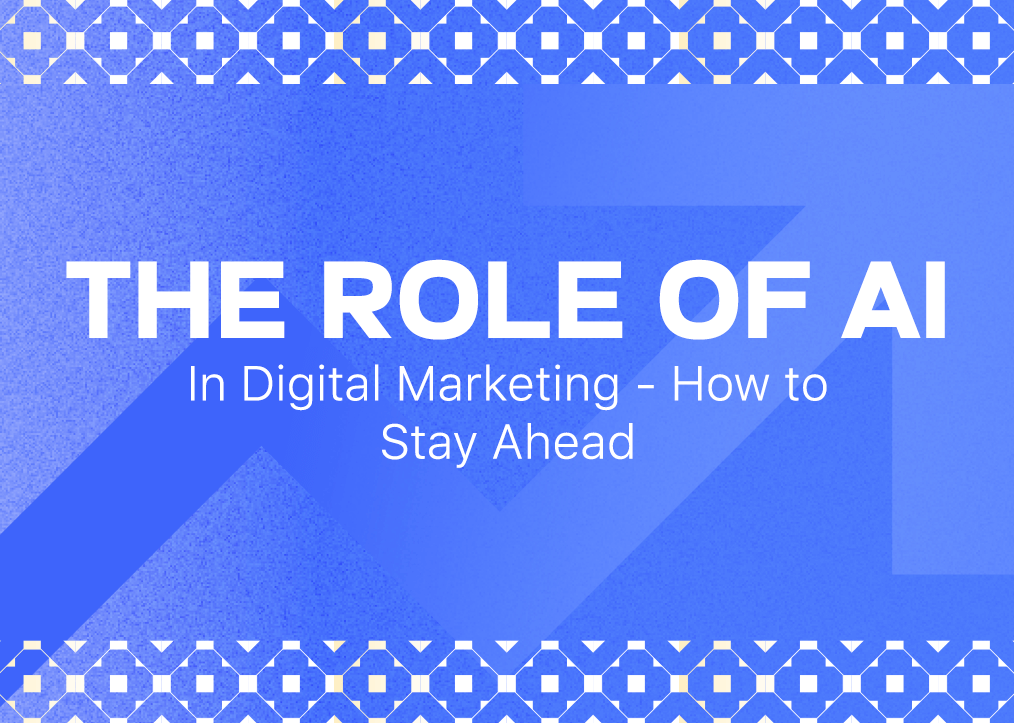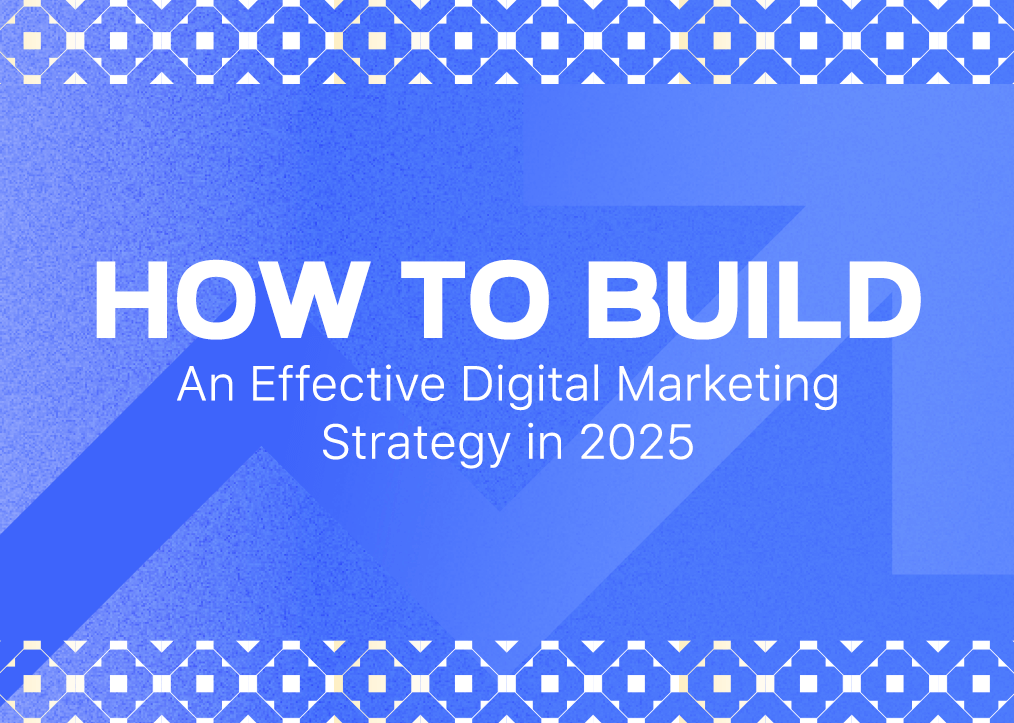Breaking through the online noise isn’t just a dream. Social media marketing for small businesses is your secret weapon for success. Today’s customers live online. They scroll, they participate, and they buy based on appearances. Competitive small companies need a strong social media presence.
What’s the good news? You do not need extensive funding or technological skills. All you need is strategic thinking and genuine audience engagement. This tutorial provides practical strategies to start social media.
Ready to boost your company’s internet presence? Let’s discuss small business social media marketing tactics.
Why Social Media Matters for Small Businesses?
Small firms frequently have minimal marketing funds. Social media marketing for small businesses allows them to reach customers cheaply and effectively, equalizing small companies and large competitors.
Cost-Effective Marketing
Traditional advertising can be expensive, but brand promotion on social media is cheap, and engaging content can be created affordably. Even a tiny daily investment might yield significant benefits.
Direct Customer Connection
Social media facilitates communication. It lets you talk to your audience; customers can ask questions, provide feedback, and connect with your company.
Increased Brand Visibility
Most consumers discover new businesses online. A robust social media presence boosts visibility. It helps clients locate you when searching for your products or services.
Targeted Advertising
Social platforms offer precise targeting options. You can reach specific demographics, interests, and locations, making your marketing efforts more efficient and focused.
Building Trust and Credibility
Regular, authentic content builds trust. Sharing relevant information, customer experiences, and behind-the-scenes footage humanizes your brand. People like doing business with familiar companies.
Benefits of an Effective Social Media Strategy
Enhanced Customer Engagement
An excellent strategy develops followers into devoted consumers. By continuously releasing relevant material, you keep your audience interested and involved.
Competitive Advantage
Many small businesses underutilize social media. A clear plan helps you stand out. Many competitors aren’t using social media to its full potential.
Insights and Analytics
Social media gives you real-time viewership data. You can track social media engagement, learn customer preferences, and improve marketing.
Improved Customer Service
Facebook and Twitter offer fast customer service. Answering questions quickly demonstrates that you value customers’ time and experience.
Increased Website Traffic
Social networking can boost website traffic. Each post helps potential clients learn about your business.
Networking Opportunities
These sites are not just for commerce. They offer networking opportunities with other companies, partners, and industry leaders.
How to Get Started on Social Media
Choose the Right Platforms
Not all social media platforms are alike. Your business needs a strategy. Consider these factors:
Know Your Audience
- Who are your ideal customers?
- Which platforms do they use most?
- What age groups are you targeting?
Platform Strengths
- Facebook: Wide demographic, great for local businesses
- Instagram: Visual content, younger audience
- LinkedIn: Professional services, B2B connections
- TikTok: Younger demographics, creative content
- Pinterest: Product-based businesses, visual industries
Create a Compelling Profile
Your social media profile is your digital storefront. Make it count:
- Use a high-quality logo or professional headshot
- Write a clear, concise business description
- Include contact information
- Add your website link
- Choose consistent brand colors and imagery
Content Strategy Basics
Content Types to Consider
- Behind-the-scenes photos
- Customer testimonials
- Product demonstrations
- Educational tips
- Special offers
- User-generated content
Content Planning Tips
- Create a content calendar
- Mixing different content types
- Post consistently
- Use high-quality images
- Keep text concise and engaging
Posting Frequency Guidelines
- Facebook: 3-5 times per week
- Instagram: 4-7 times per week
- LinkedIn: 1-2 times per week
- TikTok: 3-5 times per week
Engagement Strategies
- Respond to comments quickly
- Ask questions in your posts
- Use relevant hashtags
- Run occasional contests
- Share user stories
- Be authentic and transparent
Budget and Tools
Free Tools
- Canva for graphic design
- Hootsuite for scheduling
- Google Analytics
- Native platform insights
Potential Minimal Investments
- Sponsored posts ($5-$20 per post)
- Social media management tools
- Basic photography equipment
- Graphic design subscriptions
Learning and Adaptation
- Watch competitor strategies
- Attend free webinars
- Follow social media marketing blogs
- Experiment with different content
- Track your analytics
- Be patient with your growth
Common Mistakes to Avoid
- Inconsistent posting
- Ignoring customer comments
- Over-promotional content
- Neglecting visual quality
- Not understanding platform algorithms
Quick Start Checklist
- Select 1-2 primary platforms
- Complete your profile
- Create initial content batch
- Set up a posting schedule
- Engage with your audience
- Monitor and adjust strategy
Social Media Marketing for Small Businesses
Starting your social media journey begins with crystal-clear goals. Every successful strategy needs direction. Moreover, your objectives must be specific and measurable.
Think about what truly matters for your business. Do you want more website visitors? You may be seeking to boost brand awareness. Generating quality leads is your priority. Each goal requires a unique approach, especially in social media marketing for small businesses.
Knowing Your Audience Matters
Knowing your audience is like a blueprint. Imagine knowing who wants your goods or services. Thus, you will write powerful messages.
Create detailed customer personas. Consider their age, location, and interests. What challenges do they face? Where do they spend time online? This knowledge transforms your marketing from generic to genuine.
Crafting Compelling Content
Social media marketing revolves around content. Furthermore, it’s your digital voice. Successful businesses tell stories, not just sell products.
Aim for a balanced content mix. Share educational posts that provide real value. Promote your products occasionally. Behind-the-scenes looks help. Customers’ reviews establish trust. Meanwhile, industry insights position you as an expert.
Platform-Specific Strategies
Not all social media platforms are alike. Indeed, each has its audience and style. Facebook connects local communities. Instagram showcases visual stories. LinkedIn attracts professionals. TikTok engages younger audiences.
Select platforms strategically. Find out where your ideal customers hang out. Adapt your material to each platform’s personality.
Engagement: The Real Social Media Currency
Social media does not amplify. However, it starts a conversation. Respond swiftly to comments. Ask engaging questions. Share user-generated content. Create polls—host live sessions.
Authenticity wins every time. Show the humanity behind your brand. Let your personality shine through. Customers crave genuine connections.
Budget-Friendly Marketing Tactics
Making an impact does not require a significant expense. Start small and bright. Utilize free tools like Canva for graphics. Schedule posts using native platform tools. Experiment with minimal ad spending.
Track your performance meticulously. Which posts get the most engagement? What times work best? Continuously refine your strategy.
Consistency is Key
Develop a content calendar, plan your posts, and maintain a regular posting schedule. Nevertheless, remain flexible enough to jump on trending topics.
Quality trumps quantity. One excellent post beats five mediocre ones. Focus on creating valuable, shareable content.
Learning and Adaptation
The digital landscape evolves rapidly. Stay curious, attend free webinars, follow marketing blogs, and learn from competitors.
Most importantly, hear your audience. Social media improves continuously. What works today might change tomorrow. Embrace the learning process.
Tips for Success in Social Media Marketing
Social media marketing for small businesses works best with the right approach. Clear goals, consistency, and audience focus are key to growth.
Below, we explain the top tips to succeed in social media marketing for small businesses.
Posting Consistently and at the Right Times
Timing matters in social media marketing. Post when people are most likely to see and engage with them. Every platform has its peak hours.
Research shows that different platforms have unique optimal posting times. Facebook works best in the mid-afternoon. Instagram sees high engagement during lunch and evening hours. LinkedIn peaks during business hours. Twitter performs well in the morning and early evening.
Create a content calendar to maintain consistency. Plan your posts. Use scheduling tools to help you stay on track. Experiment with different posting times. Track your analytics to understand when your audience is most active.
Consistency doesn’t mean overwhelming your followers. Quality matters more than quantity. Aim for three to five quality posts per week. Be predictable but not repetitive. Your followers should look forward to your content.
Engaging with Your Followers and Customers
Social media is a dialogue. Respond to comments swiftly and honestly. Show that real people run your business. Personal interactions build trust and loyalty.
Ask questions in your posts. Create polls. Share user-generated content. Applaud your clients. Respond to favorable and unfavorable remarks professionally. Every encounter can express your brand’s individuality.
Schedule social media time. Answer within 24 hours. Be friendly and talkative. Be authentic. Show the human side of your business.
Leveraging Ads to Reach More People
Understanding Social Media Advertising
Social media advertising targets well. Unlike traditional marketing, these platforms enable you to target specific audiences. You may target by demographics, interests, habits, and geography.
Most platforms offer affordable advertising. Your campaign can start at $5. This pricing makes it easier for small businesses to run ads; even those with a low marketing budget can use social media ads.
Key Ad Strategies
Start small and experiment. Use platform-specific ad formats. Facebook offers detailed targeting. Instagram works excellently for visual products. LinkedIn reaches professional audiences. Each platform has unique strengths.
Create compelling ad content. Use high-quality images or videos. Write clear, concise ad copy. Include a strong call to action. Test different ad variations. Track your results carefully.
Targeting and re-targeting
Learn to use audience targeting tools. Create custom audiences based on website visitors. Find similar customers with lookalike audiences—Retarget business prospects.
Understand your return on investment. Track conversion rates. Monitor ad performance. Adjust your strategy based on real data. Social media ads are a continuous learning process.
Budget Management
Set a realistic budget. Start with a small daily spend. Gradually increase as you understand what works. Most platforms allow you to set strict budget caps. This feature helps prevent overspending.
Remember, successful social media advertising is about precision. It is not about reaching everyone. Reaching individuals at the proper time is key.
Measuring and Improving Your Social Media Strategy
Data tells a story. Your social media performance isn’t just about likes and followers. It’s about meaningful connections and business growth.
Key metrics provide insights into your marketing efforts. They help you understand what’s working. More importantly, they guide future strategies.
Essential Metrics to Track
Engagement Metrics
Engagement reveals how your audience interacts with content. Look beyond surface-level numbers. Meaningful interactions matter most.
Key engagement indicators include:
- Likes
- Comments
- Shares
- Saves
- Click-through rates
Reach and Impressions
Reach shows how many unique users see your content, while impressions indicate how many times your content is displayed. Understanding the difference helps refine your strategy.
Conversion Metrics
Conversions transform followers into customers. Track:
- Website visits from social media
- Lead generations
- Sales attributed to social channels
- Email sign-ups
- Download rates
Analytics Tools and Platforms
Most social media platforms offer built-in analytics. Facebook Insights. Instagram Analytics. LinkedIn Analytics. Each provides unique insights.
Third-party tools can offer more profound analysis:
- Google Analytics
- Hootsuite
- Sprout Social
- Buffer
Final Thoughts
Social media marketing for small businesses is a powerful tool. It helps level the playing field. Strategy, consistency, and genuine engagement boost your online profile. Stay patient. Learn continuously. Adapt your approach. Your social media journey is unique to your business.


